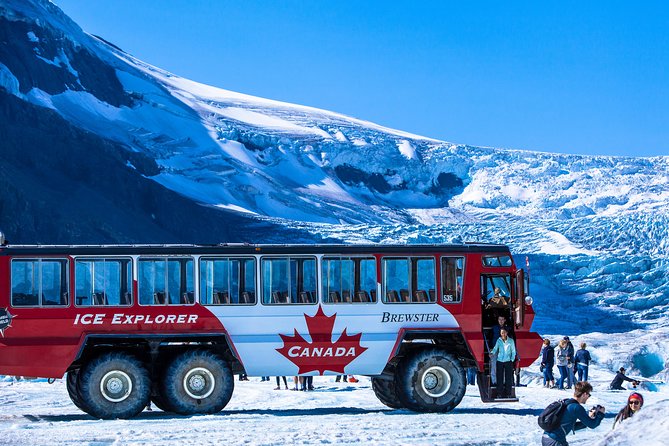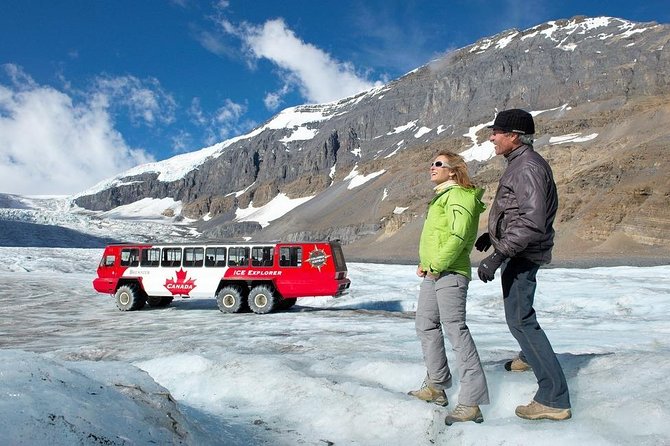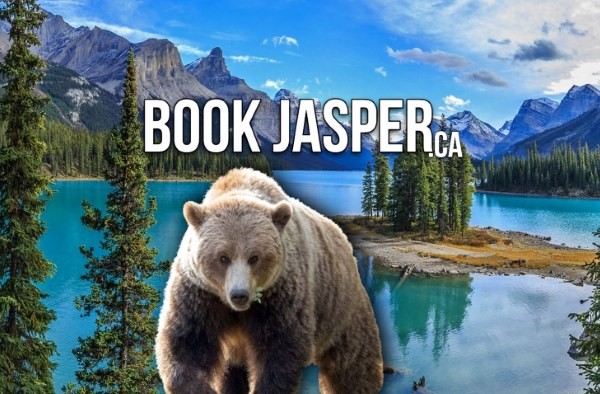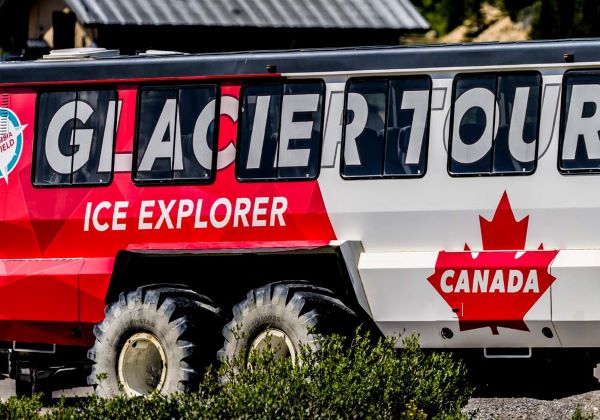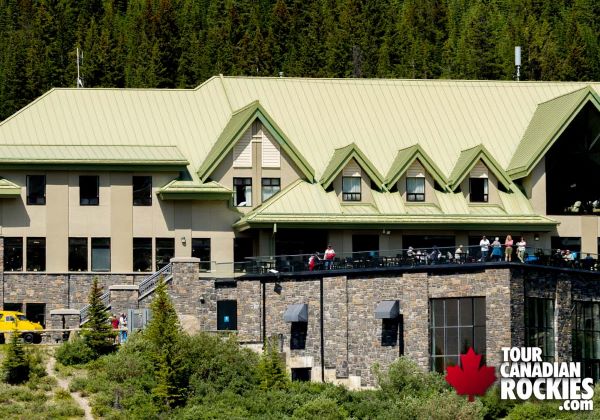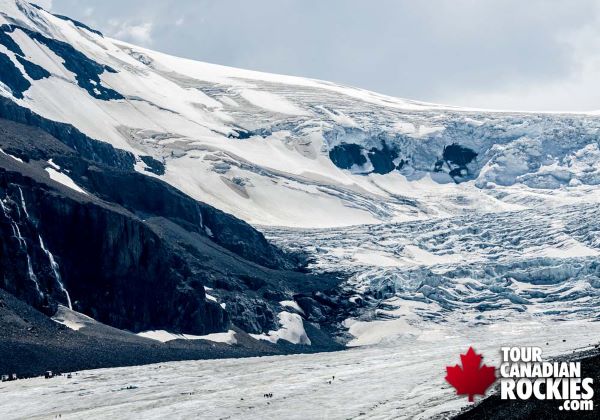 Our experience on the Columbia Icefield Glacier Adventure was absolutely phenomenal, exceeding all our expectations!
Our experience on the Columbia Icefield Glacier Adventure was absolutely phenomenal, exceeding all our expectations!John J, June 2025
Our experience on the Columbia Icefield Glacier Adventure was absolutely phenomenal, exceeding all our expectations! From start to finish, this was a perfectly designed experience that truly showcased the majestic beauty of the Canadian Rockies. The Discovery Centre itself is beautifully laid out and incredibly well-designed. The exhibits are engaging and informative, making for a fascinating prelude to the main event. We also really appreciated the nice eatery on-site, which was a great place to grab a bite before or after our tour. The trip to the glacier was an absolute blast! Riding in the massive Ice Explorer was an adventure in itself, and stepping out onto the Athabasca Glacier was truly breathtaking. The scale of the icefield is awe-inspiring. What truly elevated this experience from great to unforgettable, however, was the incredible team. A special shout-out goes to Cass, Wyatt, and Nathan; their energy was infectious and they were all so genuinely nice! They were knowledgeable, funny, and went out of their way to ensure everyone was having a fantastic time and felt comfortable asking questions. Their enthusiasm really brought the whole adventure to life and made it even more enjoyable. We left feeling invigorated and with a deeper appreciation for this incredible natural wonder. If you're considering the Columbia Icefield Glacier Adventure, don't hesitate, it's a must-do!
Read More Would absolutely recommend this to anyone and would very likely do it again!
Would absolutely recommend this to anyone and would very likely do it again!Benjamin Duggan, July 2025
We went for the Ice Odyssey excursion and while it's a bit pricey, it is well worth the experience. Chris (the driver) and Emma (the tour guide) were the best pairing we could have hoped for. Both were really knowledgeable and informative but also great to have a laugh with. Going in a smaller party to an exclusive area of the glacier really was magical, and having Chris and Emma take you through the history of the glacier including the hazards and environmental impacts was well worth it. Chris had a little show off in the Fat Truck that takes you to the glacier and you couldn't help but laugh. Would absolutely recommend this to anyone and would very likely do it again!
Read More Had an amazing time
Had an amazing timeApurva Singh
Did the Ice Explorer Adventure including the Skywalk with them. Had an amazing time with them. The drivers were very knowledgeable and fun. Got to know a lot of fun facts during the trips.
Read More